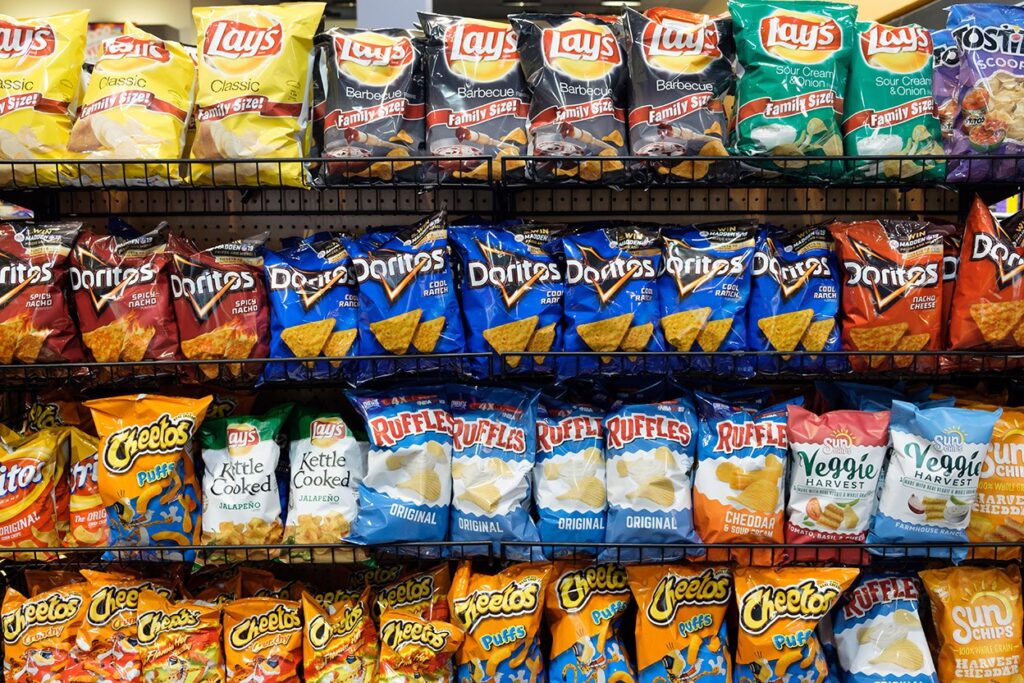Nutrition is a field that is fraught with studies that are not powered or designed well enough to make strong conclusions about what types of diets are the “best”.
So it was interesting to see this article dig into the evidence over whether or not ultra-processed foods, a category that itself is a little hard to pin down — somehow we’re supposed to find it “natural” that burgers and cookies and breakfast cereals are in the same group — are “bad” for you and why.
The short answer is: yes they are bad, but it doesn’t seem to be exactly clear why. Potentially some combination of the foods being energy dense, quick-to-eat, and potentially impact our gut microbiome.
What was most impressive to me, however, were the number of randomized controlled trials that were attempted with confined study participants (the only way to know who’s eating what and how much) — those are hard to do (and consequently relatively small) but are probably the most convincing evidence.
Well worth a read if you’re even remotely interested in what the best science has to tell us about how and why processed foods impact our health.
The first RCT on UPFs [Ultra-Processed Foods] was carried out by a team led by integrative physiologist Kevin Hall, who until April was at the US National Institutes of Health (NIH), part of the HHS. For more than a decade, Hall has sought to overcome some of the limitations of nutrition research by confining study participants to a research hospital, so that their diets can be precisely recorded.
In 2015, he was approached by two Brazilian researchers at a meeting after he presented the results of one such study, comparing a low-carbohydrate, animal-product-based diet with a low-fat vegan diet. “They told me they had enjoyed my talk, but that my focus on nutrients was very twentieth century and that really, I should be thinking about the extent and purpose of processing food,” says Hall, who had not then heard of UPFs. He was sceptical but intrigued enough that he devised a trial in which 20 adults stayed at the NIH Clinical Center in Bethesda, Maryland, and consumed a diet high in either UPFs or unprocessed food for two weeks before swapping diets.
Like many other researchers, Hall defined UPFs using a system developed by Monteiro. Known as NOVA, it classifies food into four groups according to the extent, type and purpose of processing8. Unprocessed or minimally processed foods, such as vegetables and pasta, are at one end of the scale. At the other end are UPFs, which undergo multiple industrial processes and usually contain substances rarely used in home kitchens, such as high-fructose corn syrup, hydrogenated oils and additives, including colouring and emulsifiers.
Participants in Hall’s RCT could eat as much as they liked, but the food presented to them was matched for nutrient groups. To Hall’s surprise, the results, published in 2019, showed that participants consumed around 500 calories more per day on average while on the UPF diet — and gained an average of 0.9 kg over the two weeks9. They lost that same amount of weight while on the unprocessed diet.

Are ultra-processed foods really so unhealthy? What the science says
Nic Fleming | Nature News

Leave a Reply